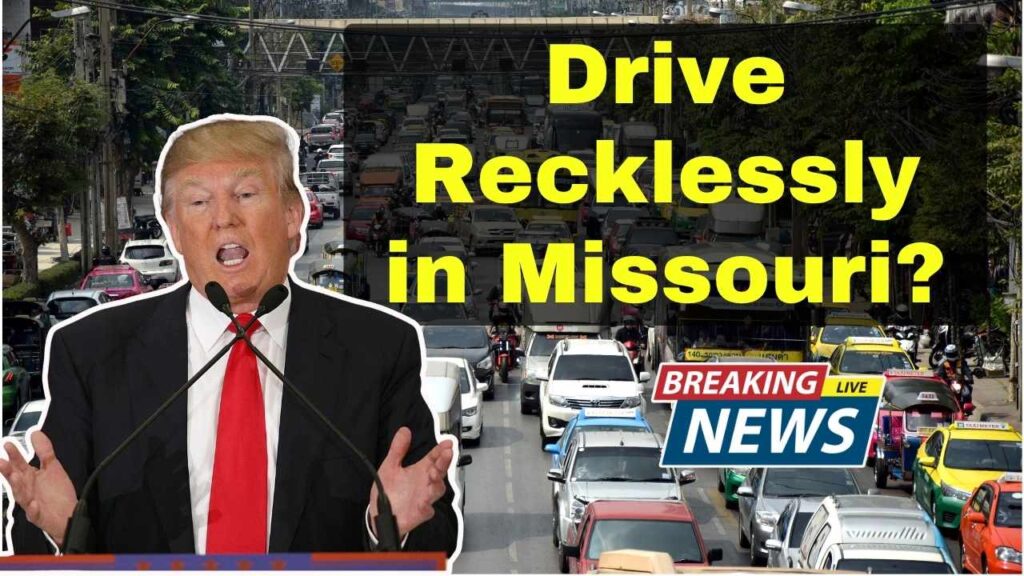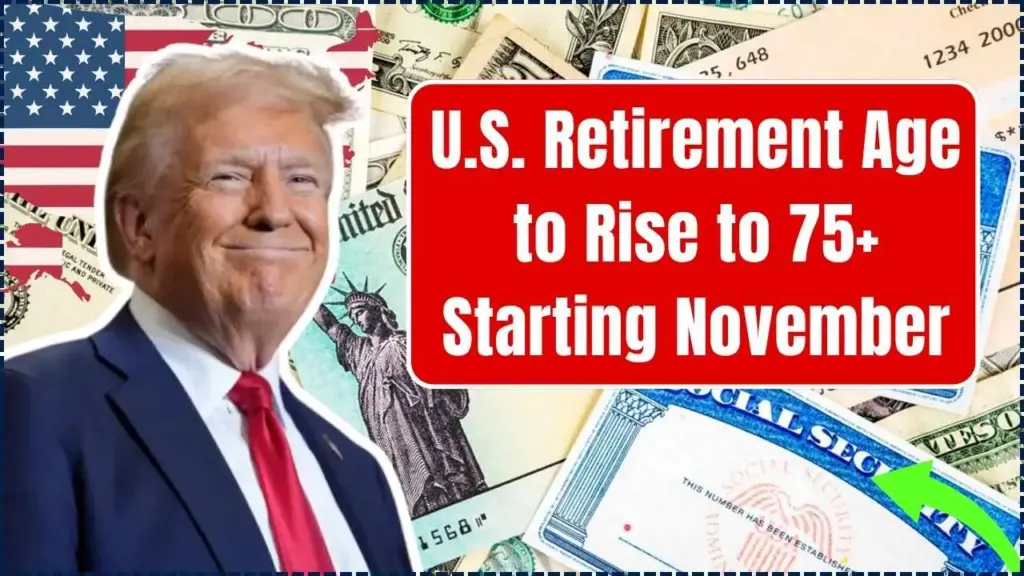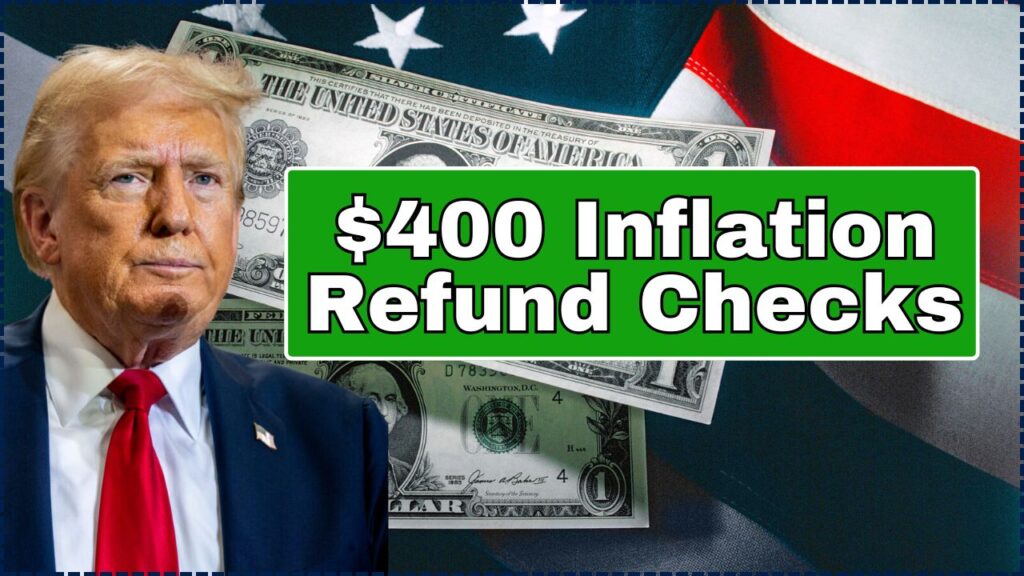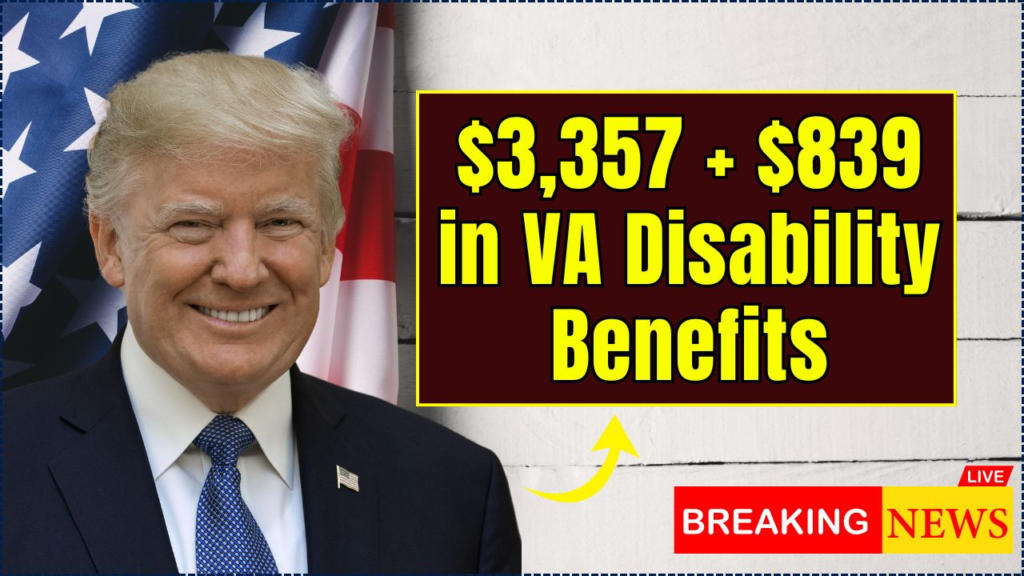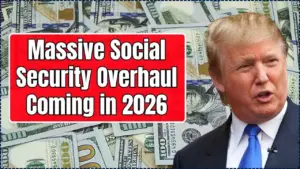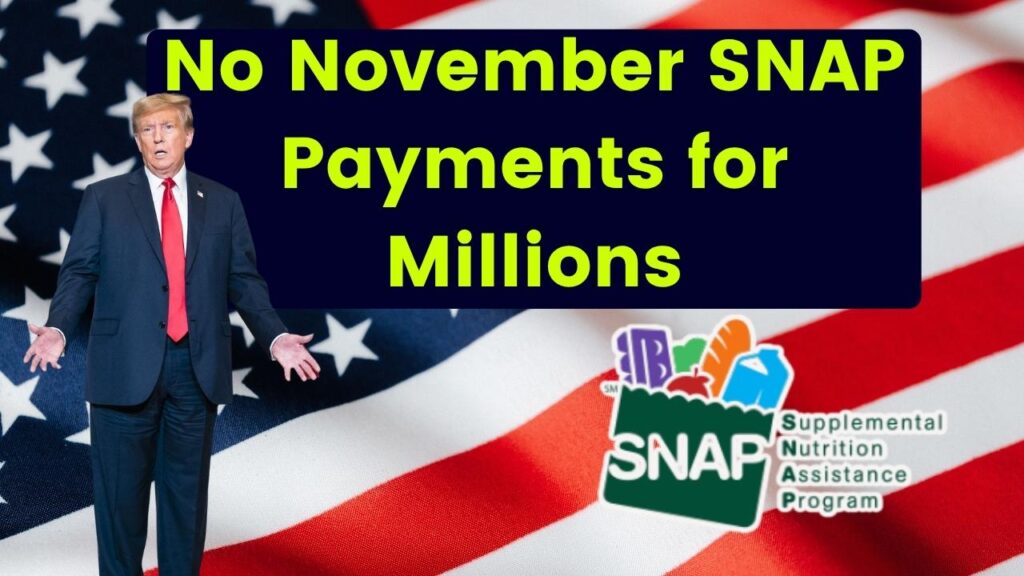
No November SNAP Payments for Millions: Millions of Americans rely on the Supplemental Nutrition Assistance Program (SNAP) every month to help put food on the table. But the news is in: no November SNAP payments for millions due to a federal government shutdown. This has left many wondering what happens to the benefits they already have loaded onto their EBT cards. This article breaks down everything—historical context, current impact, practical advice, and future outlook—in clear, straightforward language that’s easy enough for a 10-year-old to grasp but packed with expert insights for professionals.
Table of Contents
No November SNAP Payments for Millions
The November 2025 SNAP payment freeze highlights the vulnerability of critical nutrition assistance programs dependent on federal funding. While families won’t receive new benefits during the freeze, existing SNAP funds on EBT cards remain accessible, offering some relief. Alongside state and community efforts, practical food budgeting and advocacy for stable funding are vital to navigate this period. SNAP is more than a safety net; it’s a cornerstone of food security and economic vitality in America. Protecting its stability is essential to prevent hunger and economic downturns caused by political stalemates.
| Highlight | Details |
|---|---|
| SNAP Payments Stopped for November | Payments halted due to federal funding freeze |
| Number of Affected Americans | Approximately 42 million Americans rely on SNAP |
| Existing Funds on EBT Cards | Previously loaded benefits remain available |
| State & Community Responses | States use emergency funds; food banks prepare for surge in demand |
| Economic Impact | Lost SNAP payments affect grocery sales & local economies |
| Official Resources | USDA SNAP Program |
What Is SNAP and Why Does It Matter?
SNAP, sometimes still called “food stamps,” is the largest nutrition assistance program in the U.S., serving about 42 million people in an average month. It was established under the Food Stamp Act of 1964 and has roots going even further back to Depression-era policies in 1939 designed to support families and stabilize the agricultural economy. Simply put, SNAP helps people with low income buy groceries so they can feed themselves and their families.
The program is more than just food aid. It supports local economies: For every $1 spent in SNAP benefits, about $1.50 is generated in economic activity in grocery stores and local markets. So when SNAP payments stop, it’s not just families feeling the impact — grocery stores, farmers, and communities feel it too. This “multiplier effect” highlights how SNAP strengthens food security and economic health simultaneously.
Why No November SNAP Payments for Millions?
The reason is the ongoing federal government shutdown, which has frozen new federal spending for several programs, including SNAP. Without congressional approval to fund the USDA (the agency overseeing SNAP), no new benefits can be loaded onto EBT cards starting November 1, 2025. This leaves about 42 million Americans relying on SNAP without their regular monthly funds.
This freeze is a stark reminder of how essential federal funding stability is to programs millions depend on. Historically, government shutdowns have disrupted everything from housing aid to health services, but SNAP interruptions hit where it hurts most—nutrition and hunger prevention.
What Happens to Money Already Loaded on Your EBT Card?
Here’s the silver lining: all SNAP benefits that were already issued and loaded onto your EBT card before November 1 still belong to you and remain accessible. The EBT card acts like a prepaid food debit card, so any balance you have as of October will carry over. That means while you won’t get new payments in November, you can still use your existing SNAP funds to buy food at authorized retailers until those funds are spent.
There’s no rush to spend all your benefits immediately, as those funds won’t just expire. Having that cushion is crucial while the government shutdown continues. Many recipients are advised to budget carefully, stretching their remaining benefits as far as possible.

Historical Context: The Evolution of SNAP
The SNAP program didn’t just pop up overnight. It has a rich history starting with the Great Depression when surplus food and unemployment were massive problems. The earliest version of food stamps appeared in 1939 to help both farmers and struggling families by distributing surplus foods and boosting consumption.
In the 1960s, pilot programs aimed to modernize and standardize food assistance, culminating in the 1964 Food Stamp Act signed by President Lyndon B. Johnson. This landmark legislation aimed to tackle hunger while supporting agriculture nationwide. Since then, SNAP has undergone many changes, including modernization efforts like replacing paper coupons with EBT cards and improving nutrition education under SNAP-Ed initiatives.
Throughout the 1970s and onwards, the program balanced expanding access with increasing accountability, tweaking eligibility, and work requirements. Major Farm Bills have shaped SNAP’s trajectory, adjusting benefits and administration. In 2008, the program was officially renamed SNAP to emphasize its focus on nutrition, rather than “food stamps.” Recent debates continue around work requirements and immigrant eligibility, reflecting the ongoing political balancing act around welfare and budget concerns.
Practical Advice for SNAP Recipients During Payment Freeze
1. Monitor Your EBT Card Balance
Stay updated on your SNAP balance regularly by checking your state’s EBT portal online or calling the customer service number. Knowing how much you have helps prevent surprises and plan your next grocery trip wisely.
2. Stretch Your Food Budget Smartly
Make meals that maximize nutrition and cost-effectiveness. Focus on buying nutrient-dense, shelf-stable foods such as dried beans, rice, oats, canned vegetables and fish, peanut butter, and frozen fruits and veggies. These items last longer, reduce waste, and provide important nutrients.
Meal planning and batch cooking can also help your benefits last longer.
3. Seek Local Community Help
Food banks, churches, and nonprofit organizations often increase food distribution during periods like this. Don’t hesitate to reach out—they can provide emergency food boxes and supplemental support.
4. Check Eligibility if You Aren’t Already on SNAP
If your family faces food insecurity and you’re not enrolled in SNAP, now is a good time to check eligibility and apply. States usually have streamlined online applications and hotlines for help.
5. Voice Your Support for Stable Funding
Write, call, or email your elected representatives advocating for consistent funding for programs like SNAP. Political changes and shutdowns highlight why stable support is crucial to prevent hunger spikes.
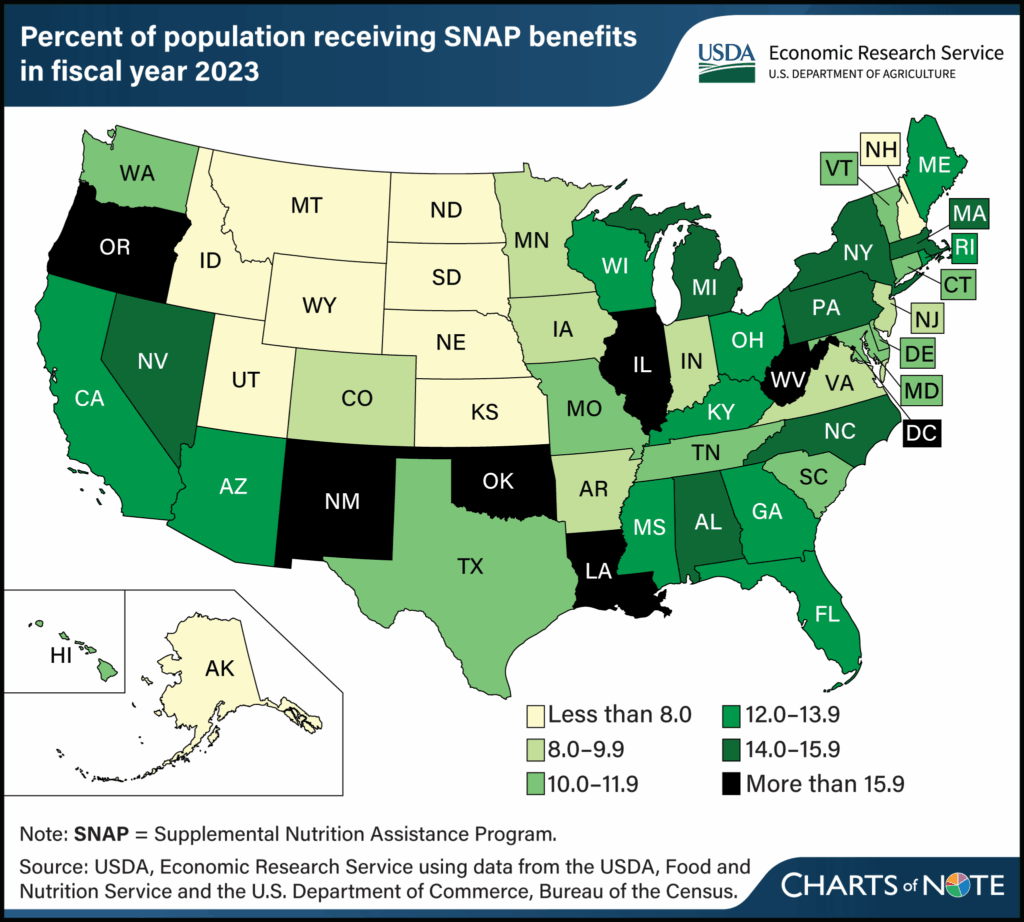
Ripple Effects on Families and Local Economies
SNAP is much more than just a food aid program. Its interruption affects:
- Families, who may have to make heartbreaking trade-offs between food and other necessities like utilities or rent.
- Local grocery stores and supermarkets, which rely heavily on SNAP spending, often accounting for a significant portion of their business.
- Farmers and producers, who lose a critical market for their crops and goods.
- Food banks, which see surges in demand, often stretching resources thin.
The lost stimulus in local economies can slow business growth and hurt communities long after the shutdown ends.
State and Community Responses
Many states have taken emergency steps, using their reserves or other funds to help soften the blow for SNAP recipients. However, these efforts aren’t federally reimbursed, and their scope varies by state resources.
Nonprofits and community groups are mobilizing rapidly to distribute emergency food, set up additional pantry hours, and educate families about resources. These efforts are lifelines but cannot fully replace regular SNAP payments.
What’s Next for SNAP Payments?
Political negotiations to end the government shutdown remain ongoing. Federal officials have promised retroactive payments for missed months once funding resumes, but the timeline is uncertain.
Families and agencies are urged to stay informed via trusted news and official USDA communications and to prepare for both short-term hardship and eventual catch-up payments.

Get Up to $1,751 Texas SNAP Benefits This Month : How to Get Yours?
90% VA Disability Benefits Just Changed for November 2025 – See What You’re Owed Now
U.S. Retirement Age to Rise to 75+ Starting November 2025 – What It Means for You

